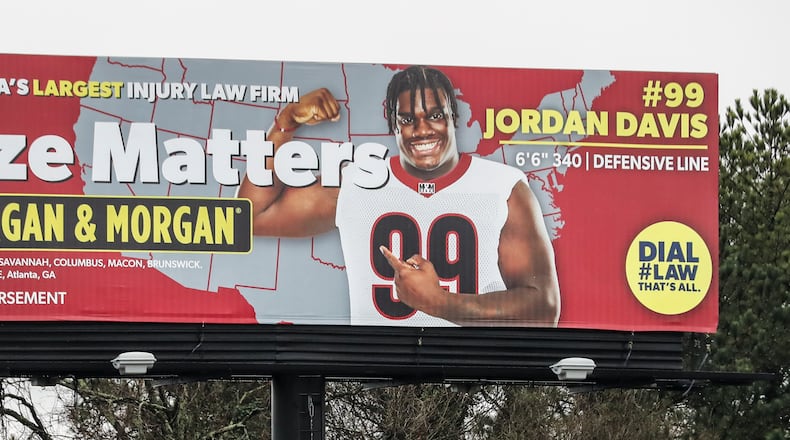A proposed settlement in an antitrust lawsuit that has been approved by the NCAA and major college conferences would cost billions and pave the way for a new compensation model for college athletes.
- A judge must still accept the proposal. There could be challenges raised by other parties in the lawsuit.
- Many questions remain unanswered about how this will work and whether it can withstand future legal scrutiny.
- And college sports is pointed toward a revolutionary path that could have some of the wealthiest schools directly paying athletes to participate.
THE CASE
House vs. NCAA is a class-action federal lawsuit seeking damages for athletes who were denied the opportunity, going back to 2016, to earn money from the use of their name, image or likeness (NIL). The plaintiffs, including former Arizona State swimmer Grant House, filed the lawsuit in 2020 and also asked the court to rule that NIL compensation should include billions of dollars in media rights fees that go to the NCAA and the five wealthiest conferences (Big Ten, Big 12, Pac-12, Atlantic Coast and Southeastern), mostly for football and basketball.
WHO MADE THE CALL?
The presidential boards of the Big Ten, Big 12, ACC, SEC and Pac-12 all voted to approve the settlement this week as well as the NCAA Board of Governors. Lead attorneys on the House case include familiar NCAA foes Steve Berman and Jeffrey Kessler, who have previous victories in college athlete compensation cases on their records. They will now work with their plaintiff clients on next steps with the judge.
HOW MUCH?
The settlement calls for the NCAA to pay nearly $2.8 billion in damages over 10 years, backed by insurance and withheld distributions that would have gone to 352 Division I member schools. Last year, NCAA revenue approached $1.3 billion and the association projects a steady rise in coming years, thanks mostly to increases baked into a television contract with CBS and Warner Bros. Discovery for the men’s basketball tournament. A new, eight-year deal with ESPN worth $920 million for the Division I women’s basketball tournament and other championship events takes effect in 2025.
The potential settlement could cost each school in the remaining power conferences (ACC, Big 12, Big Ten, SEC) about $300 million per year over 10 years, including as much as $21 million per year to pay a school’s athletes. Administrators have warned that could lead to cuts for the so-called non-revenue sports familiar to fans who watch the Olympics.
“It’s the Olympic sports that would be in jeopardy,” Alabama athletic director Greg Byrne said during a March discussion on Capitol Hill. “That’s men and women. If you look at the numbers for us at the University of Alabama, with our 19 sports outside of football and men’s basketball, we lost collectively almost $40 million.”
WHAT’S NEXT
The House case is being heard in the Northern District of California by U.S. Judge Claudia Wilken, who has already ruled against the NCAA in other landmark antitrust lawsuits. Wilken must approve the settlement, which is expected to cover at least two other antitrust lawsuits facing the NCAA. Another suit against the NCAA in Colorado remains separate, but could eventually be looped into the settlement.
In the meantime, schools will be trying to plan how revenue-sharing might work as college athletics continues its seismic shift from amateurism to a vastly different model.
About the Author
Keep Reading
The Latest
Featured



